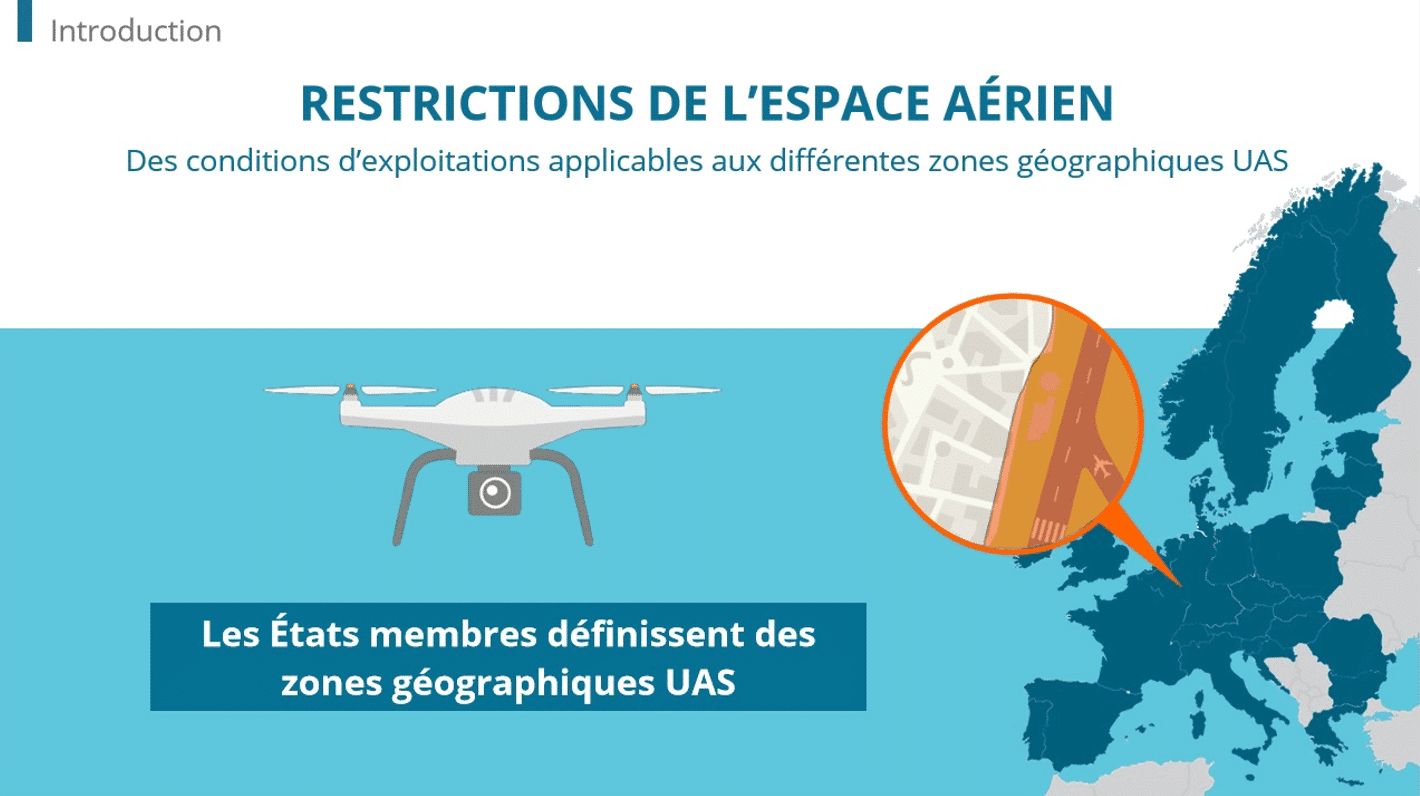Receiving the message is crucial to the success of elearning training. Today we are tending towards modules that are customised, flexible and automated.
Generation Y is increasingly affected by changes in training. From school education to organisational elearning, this evolution influences our approach to training today. Valuing individuality and authenticity, learners expect more customised content.
Customised elearning training
Whether in the classroom or via digital channels, how the learner perceives the message can make or break the training. So how do you offer individualised content in elearning?
- Via differentiated learning, which respects each person’s rhythm. The Dokeos scenario tool seems particularly effective in this regard. Involving the learner in the course programme, it takes the learner through a series of activities that result in a customised training.
- By offering more ways to interact with content through multimedia supports. Some learners will be more receptive to audio, and others to video, serious games or text. The diversification of learning formats should be planned according to the profiles of those involved.
- By paying attention to user experience. It’s of utmost importance to provide an easy-to-use interface. While trainers are trained to use it, for learners the navigation must be as uncluttered as possible to facilitate the experience.
Balancing flexibility with automation
As Elliott Masie highlights, today we should bring training to the learner, and not the reverse.
Elearning is becoming increasingly mobile. It must be accessible everywhere and automatically adapted to the learner, whether in terms of their location, position, or previous experience. To automate the training programme, you could start for example by collecting information on a profile through GPS data, a simulation or a QR code.
The device the learner uses automatically influences their training. If they connect to the programme via their smartphone, they will have access to a reduced and adapted version. If they undertake the training on a larger screen, the content spontaneously adapts. Lastly, the learner should be delivered a contextualised learning that is based on their business activity and previously obtained results.
To provide a seamless experience and engage the learner in their course, these options are translated into algorithms, which interpret the data accordingly.
To discover the automation and customisation features of elearning programmes, contact the Dokeos experts.







































